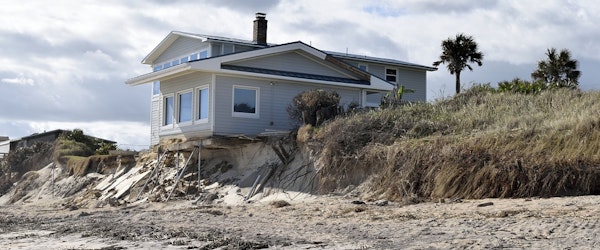
Natural Disasters and Legal Pressures Are Driving Up Homeowners Insurance Costs Nationwide
Wednesday, June 11th, 2025 Catastrophe Insurance Industry Litigation PropertyHomeowners across the U.S. are seeing a steady rise in insurance premiums as a result of converging pressures from climate-related disasters, increased construction costs, and legal system challenges. According to new research from the Insurance Research Council, Americans are now spending significantly more of their income on homeowners insurance than they were two decades ago. In 2001, the average homeowner spent about 1.19% of their income on coverage; by 2022, that figure had climbed to 2.09%, and it is projected to reach 2.4% in 2024—the highest in over 20 years.
The affordability of coverage varies greatly by state. Utah leads the nation in affordability, with residents spending only 1.00% of income on premiums, followed by Oregon, Alaska, and Maryland. On the other end of the spectrum, disaster-prone states like Louisiana, Florida, Mississippi, and Oklahoma top the list of least affordable, with insurance costs consuming more than 3.4% of household income in each.
Driving these increases are multiple cost pressures. Weather-related catastrophes have become more severe and frequent, leading to greater insurer losses. At the same time, rising construction and repair costs—fueled by supply-chain issues—have made claim settlements more expensive. Population shifts into high-risk areas have also expanded insurers’ exposure.
Legal system inefficiencies, fraud, and high litigation expenses further complicate the insurance landscape. Insurers in high-risk states often face disproportionately high claims processing and legal costs, which ultimately feed back into higher premiums for consumers. Without meaningful structural changes, the affordability gap may continue to widen, particularly for homeowners in vulnerable regions.





